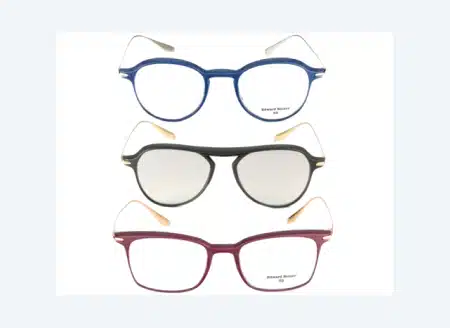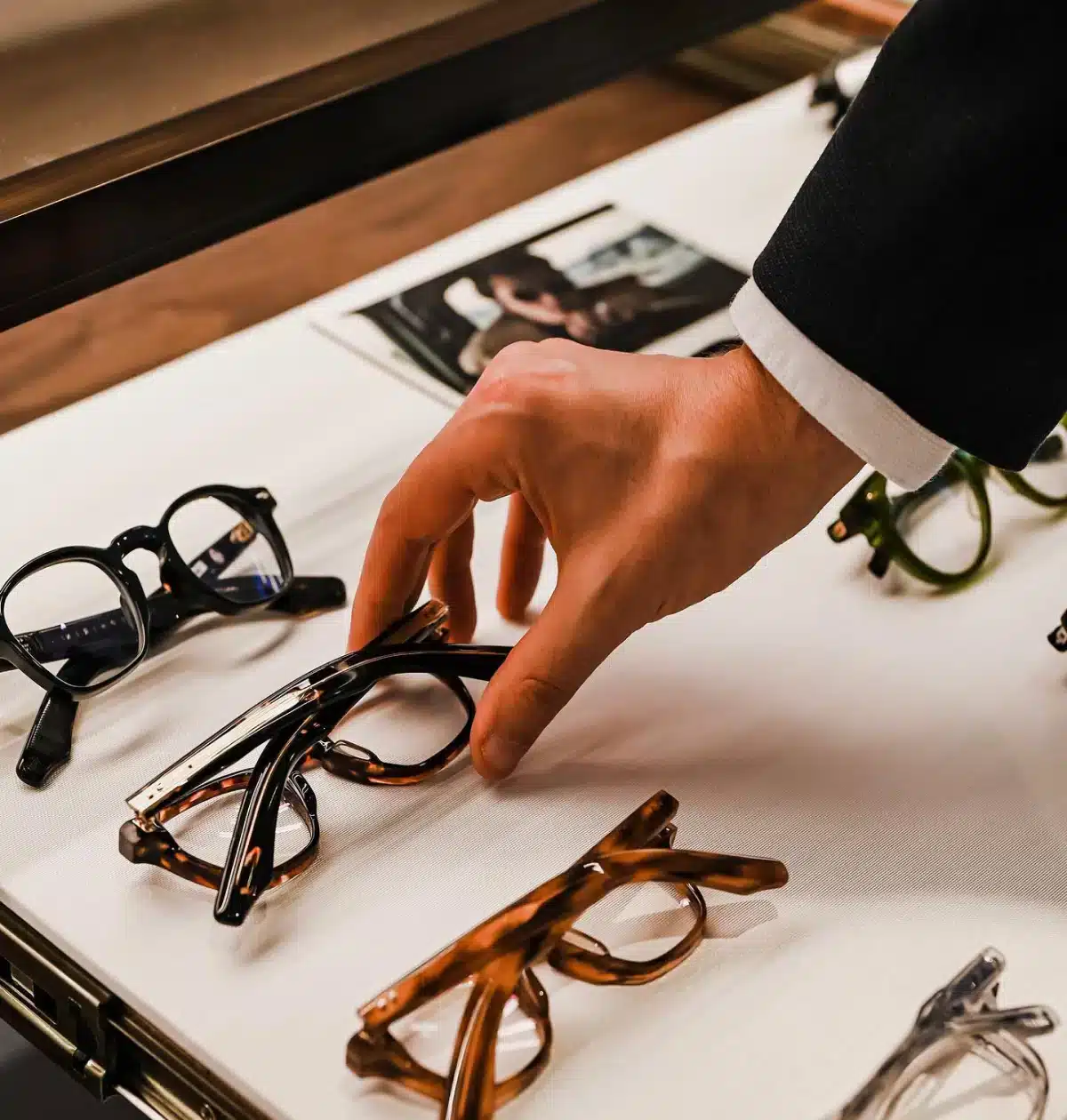Posted on December 19, 2018
Are These 3d Printed Glasses The Future Of Functional Fashion?

Despite 3D printing’s enthusiastic welcome by techies and product designers, luxury fashion brands–and the artisans behind their products–have largely been reluctant to take up its mantle (though the technology is making inroads into the production of high jewelry and pens). And often for good reason. After all, the thin plastic produced by most printers doesn’t hold water to the feel of the ultra-fine materials most of us used to wearing–even worse, 3D printed items often look like they’ve been created by your geeky friend with a personal printer, and nothing like the refined, high-design styles that populate the rest of our wardrobes. This perception, however, is starting to change. And Miami–based eyewear purveyor Edward Beiner is leading that pack.
“Typically, people associate 3D printing with low quality product,” he explains. “Except, of course in the mechanical world. So I wanted to put that level of technology to the test in the realm of eyewear.” The subsequent 3D printed line–a collection of 12 styles available both in Edward Beiner boutiques around Florida and online by the end of the month (from $390)–is an impressive fusion of tradition and technology. The frames themselves are all printed by a factory in France that typically puts its top-of-the-line, $600,0000 3D printer to work producing airplane parts (a manufacturer that took Beiner and his team over a year to track down), and are then finished using time-honored techniques. They are then colored in Germany, and sent to Oyonnax, France (one of the birthplaces of the modern eyewear industry) where they are polished and assembled by hand.
The result? Styles that, though perhaps a little bit outré for everyday wear, don’t look like they’ve rolled off a 3D printer’s production line. “Most people won’t know [the frames] are 3D printed,” says Beiner, “but there are so many things we’ve been able to do with these styles that you can’t do in normal acetate–that’s the real magic.” The main upgrade Beiner cites is the lightness of each style, as 3D printed materials are able to maintain their structural integrity at a much lower weights than traditional acetate–meaning that they will stay much more comfortable over extended periods of wear.
The largely digital technology also means that the frames can be customized in a snap. Currently, Beiner is able to order them in nearly any color you could ask for, so you can match your frames to your Ferrari or favorite pair of shoes. He hopes to expand to a fully bespoke service over the next few years.
“I’m not trying to make a bigger statement about 3D,” Beiner is careful to highlight, “I just want to be creative, and see where this technology can take us.”
Originally posted on: https://robbreport.com/style/accessories/edward-beiner-luxury-3d-printed-glasses-2835102/






